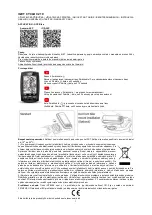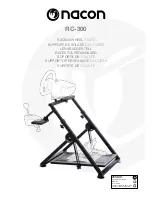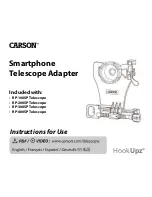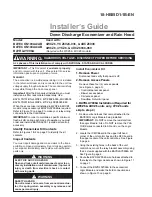
User's Guide _______________________________________________________________________
114
_____________________________________________________ M210296en-A
measurement can be used to select between smoke, fog, mist, and
haze.
The 15-minute code might be a good selection for W
a
W
a
. The
one-hour values can then be used for W
1
and W
2
coding. Drizzle
should not be reported until all the three codes show a drizzle type.
This prevents the small droplets at the beginning and end of a shower
or in intermittent rain to be reported as drizzle.
Code table 4680 does not separate between intermittent precipitation
and showers. The FD12P data combined with the ceilometer data
would make it possible to identify showers. The extra processing
should be done in the automatic weather station software.
Internal Monitoring
Built-in Tests
Extensive, built-in tests are included in the FD12P operation. Various
voltages are measured and corresponding alarm and warning limits are
checked. Optical contamination of both the transmitter and the
receiver is continuously monitored by measuring the backscattered
light. For this purpose, an additional transmitting LED is installed in
the receiver.
The software generates alarms, if visibility is less than the given
limits. The FD12P generates warnings of suspected faulty hardware. If
a fatal hardware failure is detected, visibility data is not output (it is
substituted with /////). A status message displays the cause of the error
in status bits and the analog output is set to zero (0).
Built-in tests include a memory test, analog monitoring, and signal
measurement monitoring. The results of the monitoring measurements
are displayed in volts or hertz depending on their origin.
The program operation is monitored by the watchdog circuitry. If the
circuit is not triggered in about two seconds, it will do a hardware
reset.
Normal operation is indicated by the green LED blinking once every
second. The yellow LED is on when the FD12P measures the
visibility signal.
















































